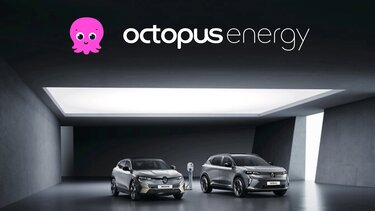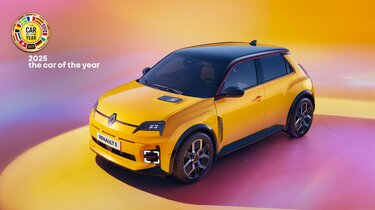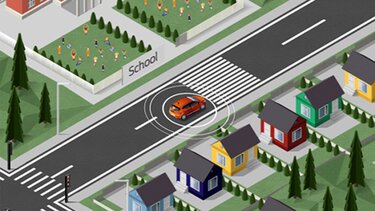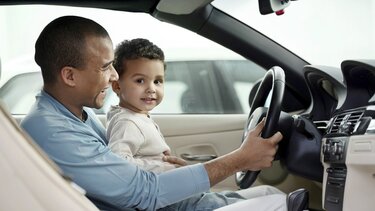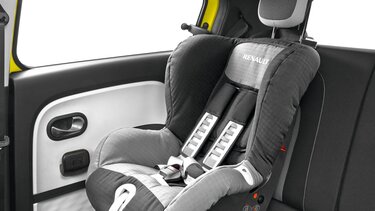Prevention
Safety technology to prevent accidents.
Automatic headlights and wiper activation
The headlights light up and the wipers start automatically as required by light and weather conditions. The wiper speed adjusts automatically to rainfall intensity
LED headlights
LED headlights are highly efficient, delivering twice the light and more than twice the range of halogen lights using the same power consumption. Their flux density is higher, but they do not dazzle drivers in oncoming vehicles. They have a colour close to natural daylight.
Dedicated cornering lights
Additional cornering lights light up the inside of the bend. They are automatically switched off at high speed or when reverse gear is engaged.
Protection
Safety technology to protect people.
The vehicle’s structure protects occupants by absorbing much of the impact energy, while cabin-based retention systems absorb the rest of the energy.
Renault’s third-generation System for Restraint and Protection (SRP) is a safety innovation which is still unique on the market, and our range of passenger protection systems includes active anti-submarining airbags, high-performance rear impact absorbing seats and headrests, dual side impact sensors and advanced child safety systems.
System for Restraint and Protection
A complete protection system for each seat and each occupant.
Active anti-submarining airbag
Collision protection which is equally effective for both 3 and 5 door cars.
Rear impact absorbing seats and headrests
Maximum protection against whiplash.
Side impact protection
A world-first in side-impact protection.
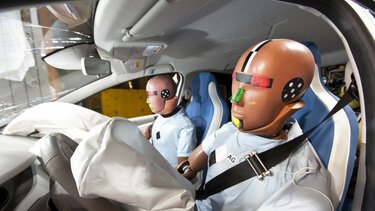
Correction
Safety technology to assist.
Available on many models, this equipment includes optimized braking with ABS and emergency brake assist (EBA); ESC (electronic stability control) with CSV understeer control.
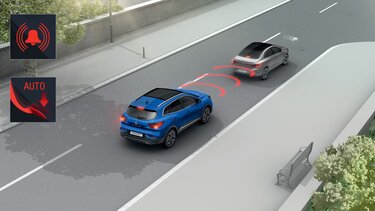
Emergency Brake Assist (EBA)
Emergency brake assist compensates for deficiencies in the driver’s action on the brake pedal. Drivers in emergency situations tend to apply insufficient pressure or release braking pressure too soon. Emergency brake assist remedies both of these deficiencies. Other experimental studies show that emergency brake assist can reduce stopping distances by between 5 and 9 metres on dry roads (source: LAB).
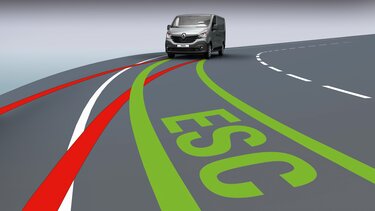
Electronic Stability Control (ESC)
ESC (Electronic Stability Control), also known as ESP (Electronic Stability Program, a registered trademark), helps the driver control the vehicle if it starts to stray from the chosen cornering line, but without taking control out of the driver’s hands. On Renault models, ESC is enhanced by an additional understeer control function which corrects understeer in emergency situations.
Child safety
Car safety for children.
Because children are more vulnerable than adults, and to better understand how to protect them in serious collisions, Renault participated in the European research Programs CHILD and CREST, based chiefly on the observations made from 669 real-life car accidents with children on-board.
Thanks to this work, Renault has been able to develop its own testing method to endow child seats with the same level of safety as adult seating systems.
For each new car, Renault ensures that seats can be correctly fitted and that they meet particularly rigorous protection requirements.
International Standards Organisation FIX
What is ISOFIX?
All-new Renault cars are fitted with ISOFIX points. Child seats carrying ISOFIX fittings can then be simply plugged and locked into the ISOFIX points in the car. Fitting a child seat using ISOFIX provides a rigid link between the child seat and the car to provide extra solidity. Rigid attachment of the child seat to the car helps to reduce the risk of injury in the event of an accident.
As a guide, all new Renault cars are fitted with Isofix points on the two external rear seats. With two being in the rear sear outer seats and the other being in the front passenger. For full details about the location, and the details of which age range child seats can be fitted, consult your handbook.
Expectant mothers on board
Congratulations, you are expecting a new arrival!
Your tummy is getting bigger and you are worried that your seat belt might hurt your child in the event of an accident...
There’s no need to worry: wear your seat belt! Not only because the law requires you to, but also because it is the best way of protecting you and your baby. What is the best place for my seat belt? The lap section of the belt must go UNDER your tummy. In this way, your pelvis will take the impact, and not your abdomen.
Furthermore, don’t disconnect your car’s airbags, which are an extra protection for you and your baby. In the case of an accident, however small, go straight to your doctor for a check-up, even if you are unhurt. You can then be reassured about your baby's wellbeing.
